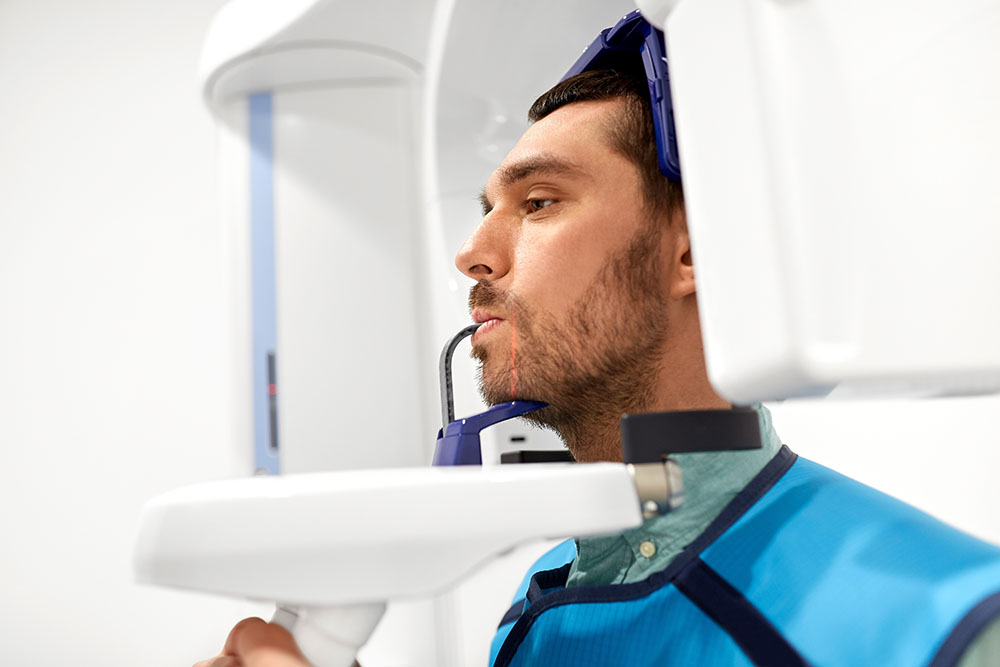CBCT Scanner



CBCT Technology
Cone Beam Computed Tomography
CBCT scanners are used by our dentists and dental specialists to create three-dimensional images of your mouth and head. This technology allows dental professionals to view, monitor, and treat patients using detailed images.
CBCT Scanners in Dentistry
CBCT scanners are a variation on traditional CT scans (also called CAT scans). A CBCT scanner creates a three-dimensional radiograph (x-ray) image of an area of the body. In dentistry, they are used to create images of the oral and maxillofacial region, including dental and bone structures, airways, nerve paths, and soft tissues.
Compared to conventional dental x-rays, CBCT scans offer higher image quality and provide a far greater level of detail for dentists. Viewing the mouth in three dimensions also allows a dentist to visualize depths and volumes of the tissue more accurately, which can be a significant benefit in treatment planning.
When are CBCTs Used?
In dentistry, CBCT imaging is often used by our dentists in many of the nine recognized dental specialties in Canada.
CBCT scans are very useful for treatment planning. Most often, dental specialists will take CBCT scans before oral surgery, including dental implant surgery, to determine the best locations for implant placement. They may also require more detailed medical imaging before wisdom teeth extraction.
Other specialists such as endodontists, prosthodontists, and orthodontists may also use CBCT scans to diagnose conditions and issues or create treatment plans.
Other common issues CBCT scans can help diagnose and treat include:
- Infections in the tooth roots
- Injuries and bone fractures
- Cysts and tumours
- TMJ/TMD
- Cleft palate
- Dental caries (cavities)
Contact Us
What should I expect?
A dental CBCT scan is unlike the typical “bitewing” dental x-rays you’re probably used to having done when you’re at your dentist’s office. The CBCT is a machine that rotates around the head to take hundreds of digital x-ray images in a very short period of time. Once the scans are complete, the images are reconstructed into a 3D image using complex algorithms.

